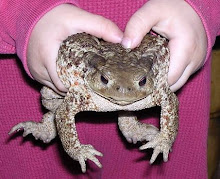I never did write about my Artist in Residence at the Walla Walla Mokuhanga Project Space last year.
For their first Winter residency, they invited past participants to apply, with a call for experimental or non-traditional mokuhanga. While most of my work is figurative or representational, I have a consistent vein of abstract or formal explorations too, and I was thrilled to be accepted to participate.
 |
| Tutto Bene? (Is everything OK?) |
Here is the main print I made during the Winter program, as well as two additional prints, made from blocks that were carved and proofed in Walla Walla, but that had the final prints made after my return to Italy. All three prints are currently on display at the Foundry Vineyards
Gallery in Walla Walla in an exhibit of works produced during the last several years at
their Winter and Summer residencies.
The first is rather traditional in technique, with a key block and color plates-although it was printed using some unusual (for me) printing technques with multiple layers of thin color, very lightly printed, to create a shimmering surface and depth.
The others were printed on unsized paper to create soft, bleeding colors, which were then overprinted after applying size to the paper, to create crisper colors and resists.
 |
| False memories from a past life in a primordial sea. 2024 mokuhanga. |
 | |||||
| nudge, 2024 mokuhanga | |








.jpeg)


.jpeg)

.jpeg)
.jpeg)
.jpeg)














